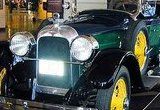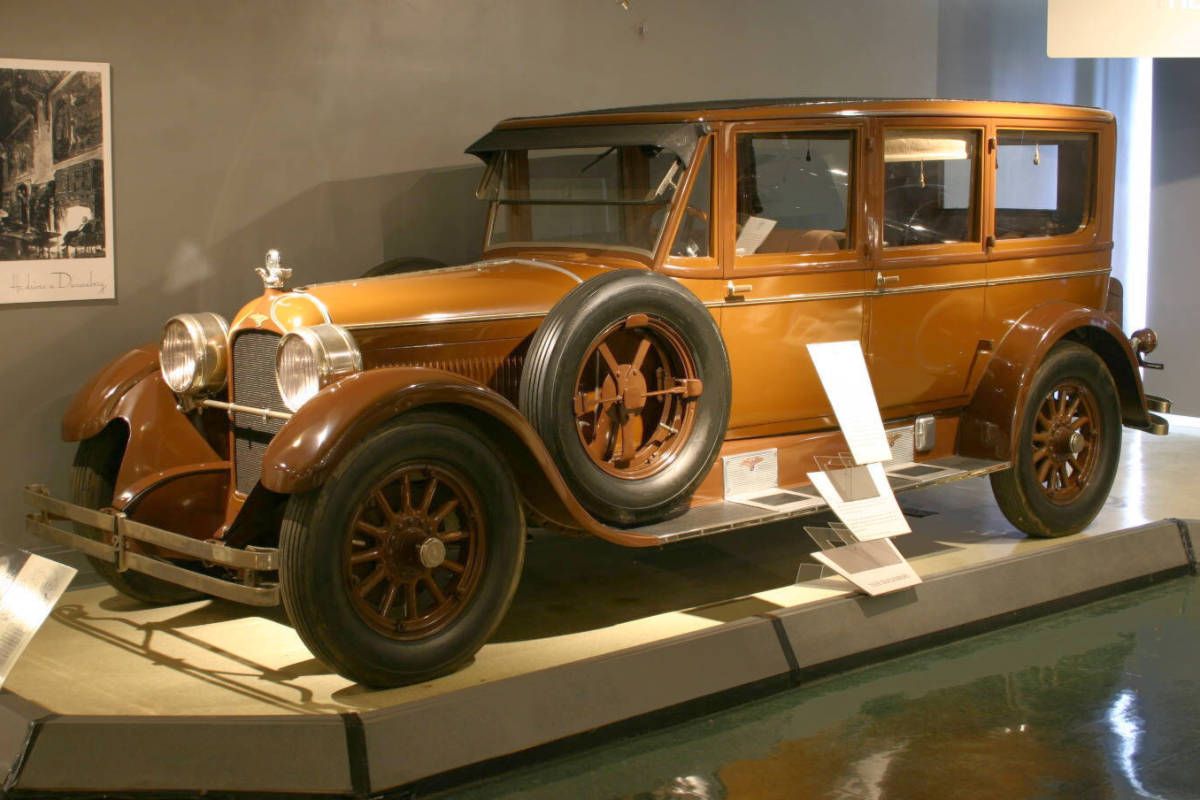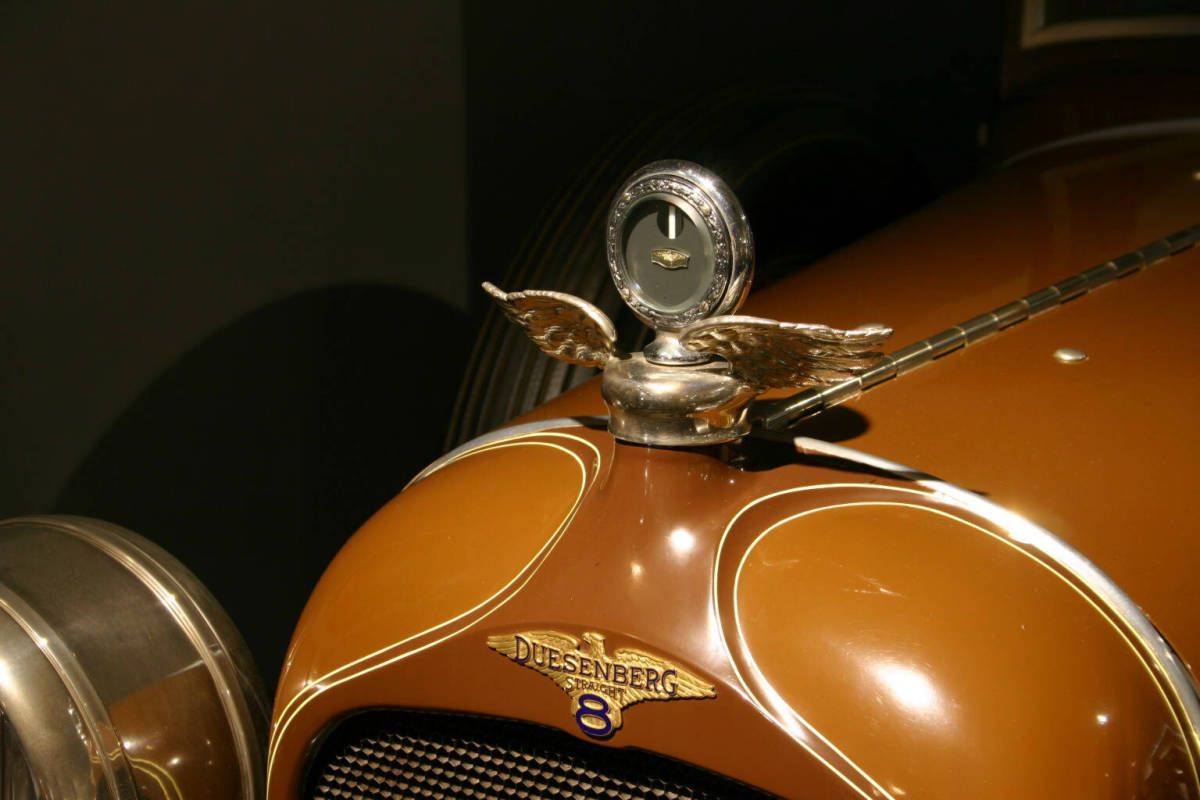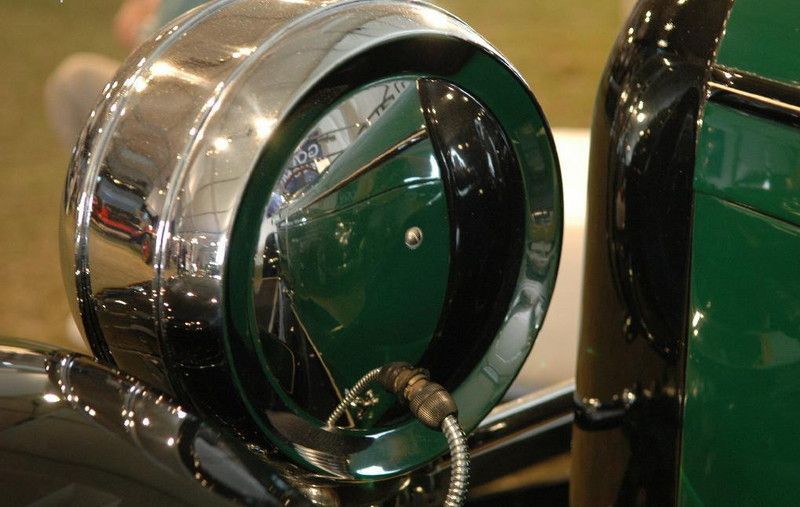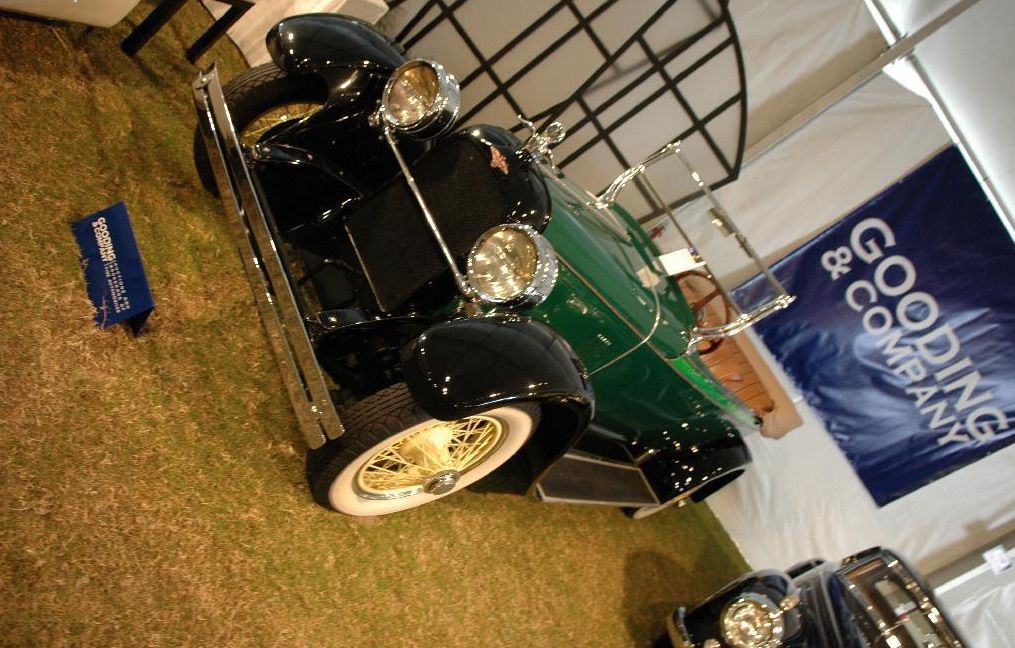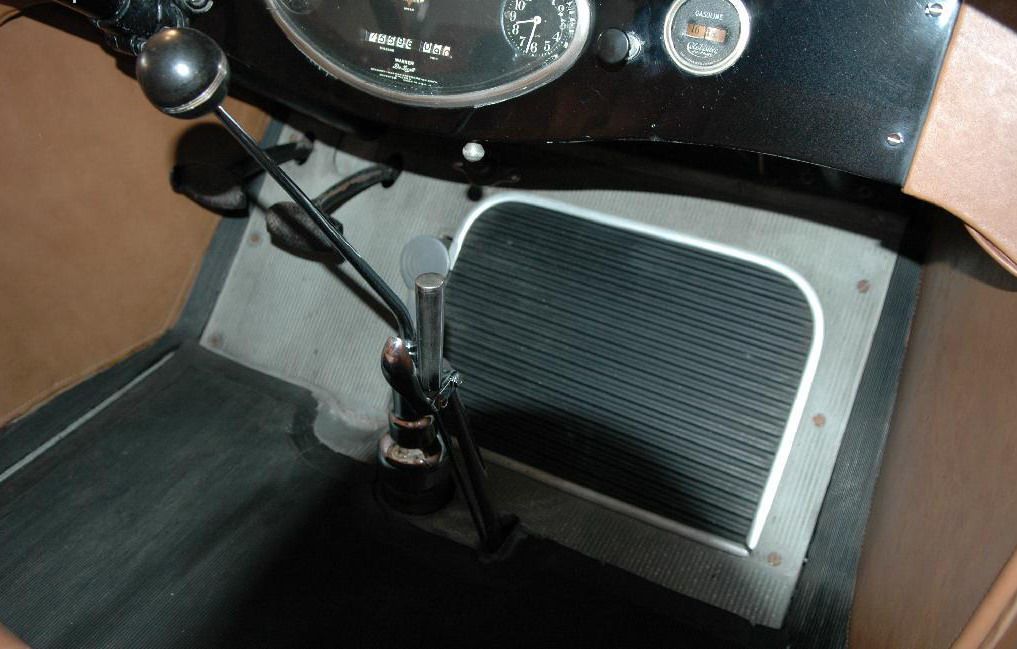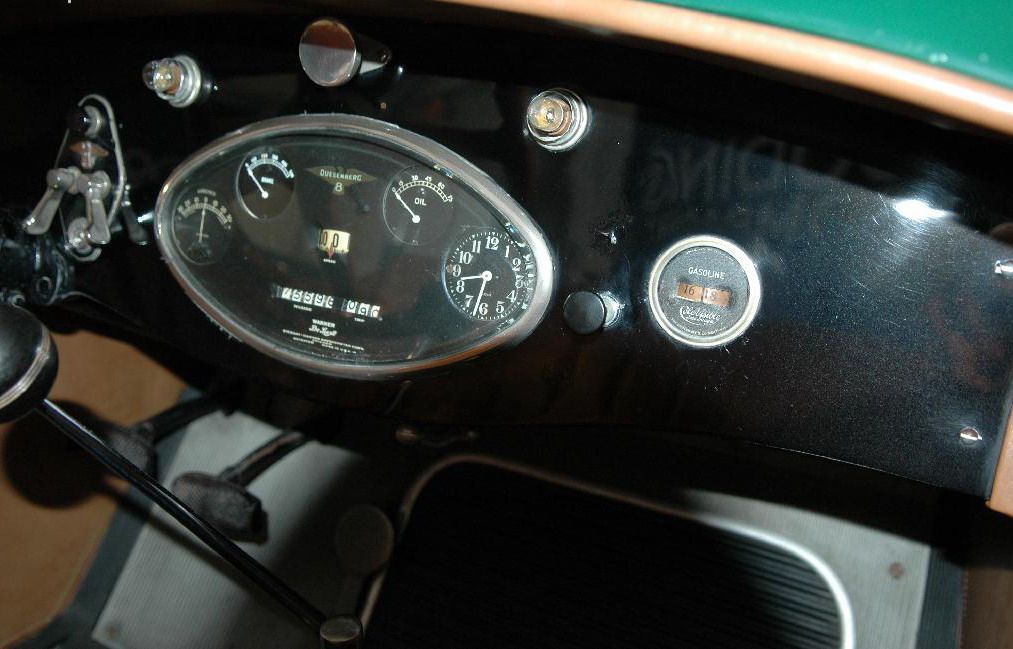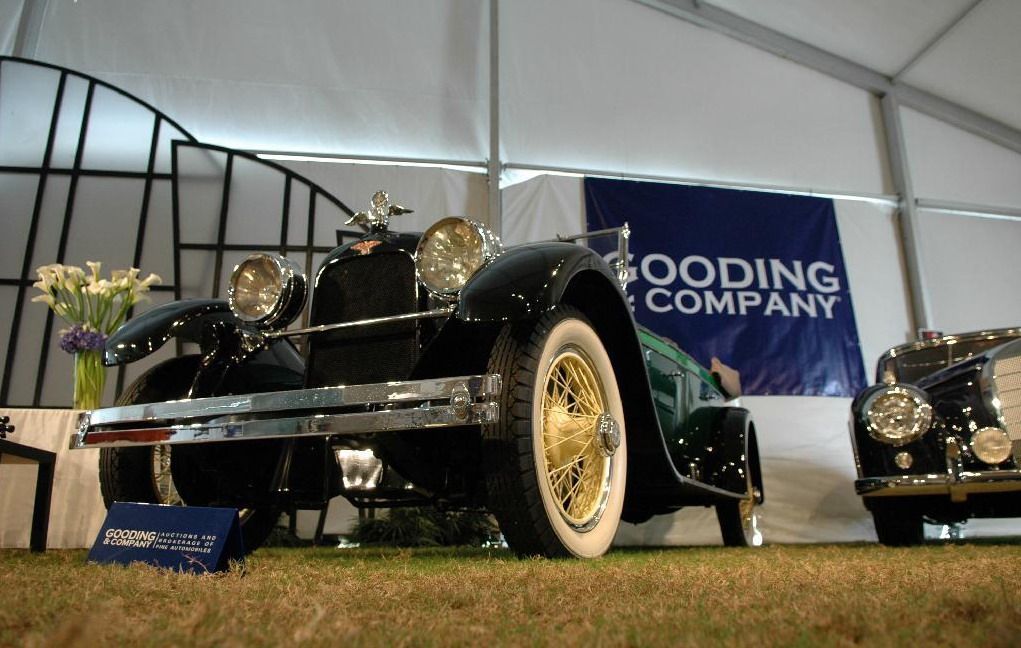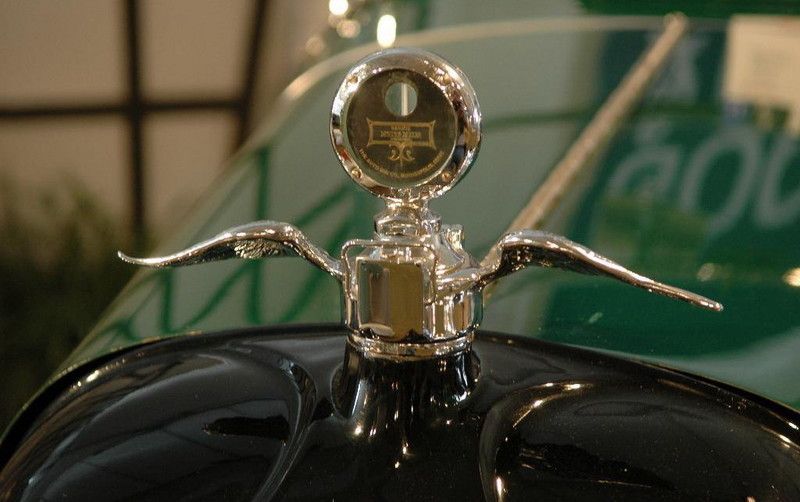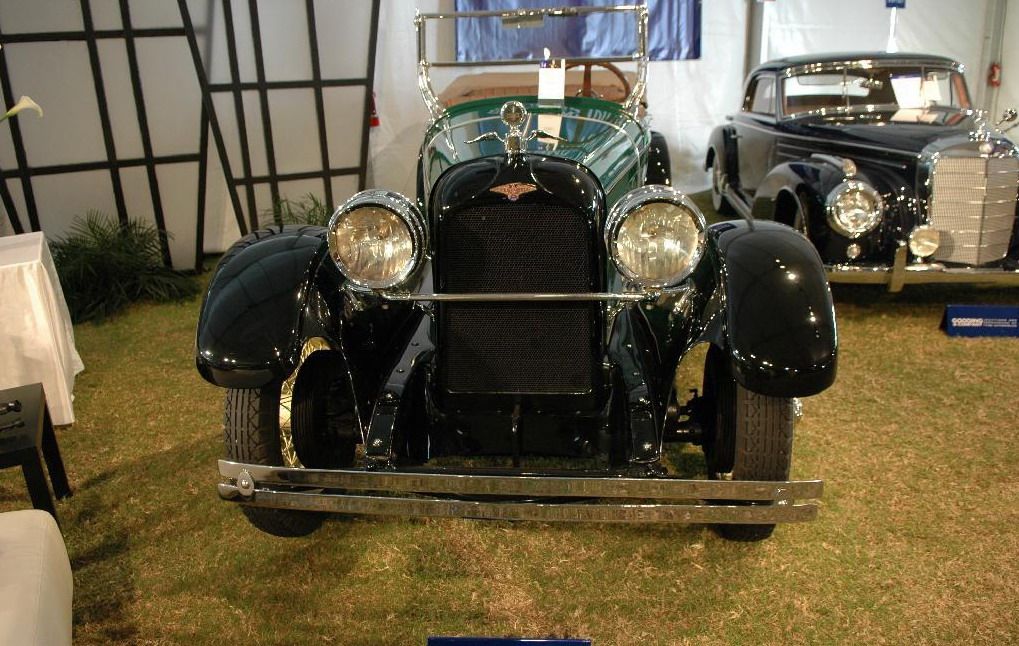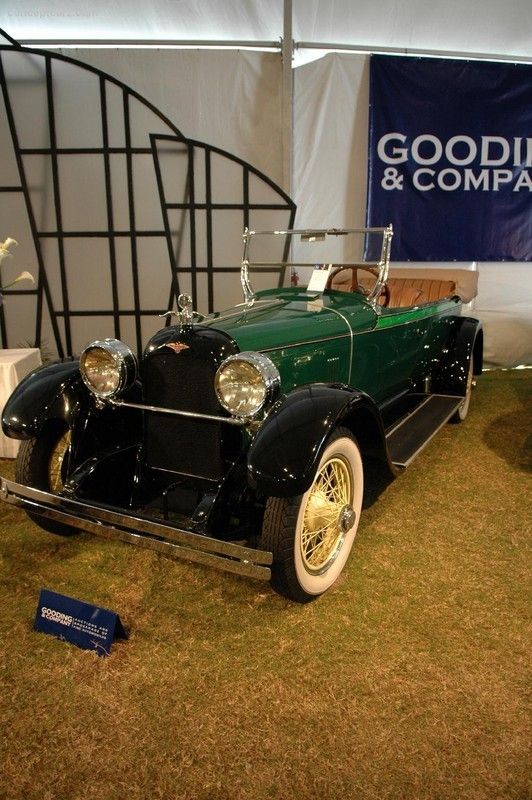The first Model A Duesenberg, introduced at New York's Hotel Commodore in November 1920, used a straight eight for power, but instead of an overhead cam, the old reliable 'walking beam' configuration was applied. But when production actually began in 1922 this engine was superseded by the overhead cam eight. These Model A's also carried a further innovation: hydraulic brakes on all four wheels. Despite these sophisticated features, the Model A found tough going in the luxury car market. With a base price of $6,500, it was priced $2,650 more than a Packard and $1,250 more than a Pierce-Arrow; despite the high price tag, the cars were never profitable.
1926 - 1937 Duesenberg Model A
- Make: Array
- Model: 1926 - 1937 Duesenberg Model A
- Horsepower: 90@3600
In racing, however, it was quite the opposite, with Duesenbergs racking up a phenomenal winning record at such diverse venues as the French Grand Prix and the Indy 500. Then in 1926, Auburn president E.L. Cord acquired Duesenberg and gave Fred Duesenberg the dream assignment of designing a supercar that could meet and surpass the world's best motorcars. The result was the Model J Duesenberg and the rest, as they say, is history.
Model A Duesenberg
Attractively styled, with cutting-edge engineering for its time, such as an overhead cam engine and hydraulic 4-wheel brakes, Model A Duesenbergs were available with custom coachwork and also a range of production bodies built by Millspaugh & Irish, another Indianapolis firm.
However, despite the luster of important racing victories, the Model A's limited sales success - only about 600 were built in five years - had more to do with the high factory price than anything else, for there was certainly nothing wrong with the design and engineering of the cars themselves.
The Model A, though, is historically important, as it paved the way for the Model J and also demonstrated the Duesenbergs' exceptional engineering prowess and forward thinking at a time when most cars' features, including the most costly marques, went little beyond pedestrian L-Head engines and primitive mechanical brakes.
This Car
An older restoration showing some patina, this car still presents very nicely in all areas including paint, plating and interior. Wire wheels add to its sporty appearance and the overhead-cam straight eight still can propel this Duesenberg comfortably along at highway speeds, while stopping power is assured thanks to the standard hydraulic braking system. A storage compartment is built into the back of the front seats for convenience when touring.
The tan fabric top complements a tan leather interior and a complete set of side curtains. The Classic Car Club of America recognizes it as a Full Classic.
As the distinguished automotive historian Beverly Rae Kimes wrote, 'The Model A Duesenberg is that rarity: a great car that still remains overlooked.'

